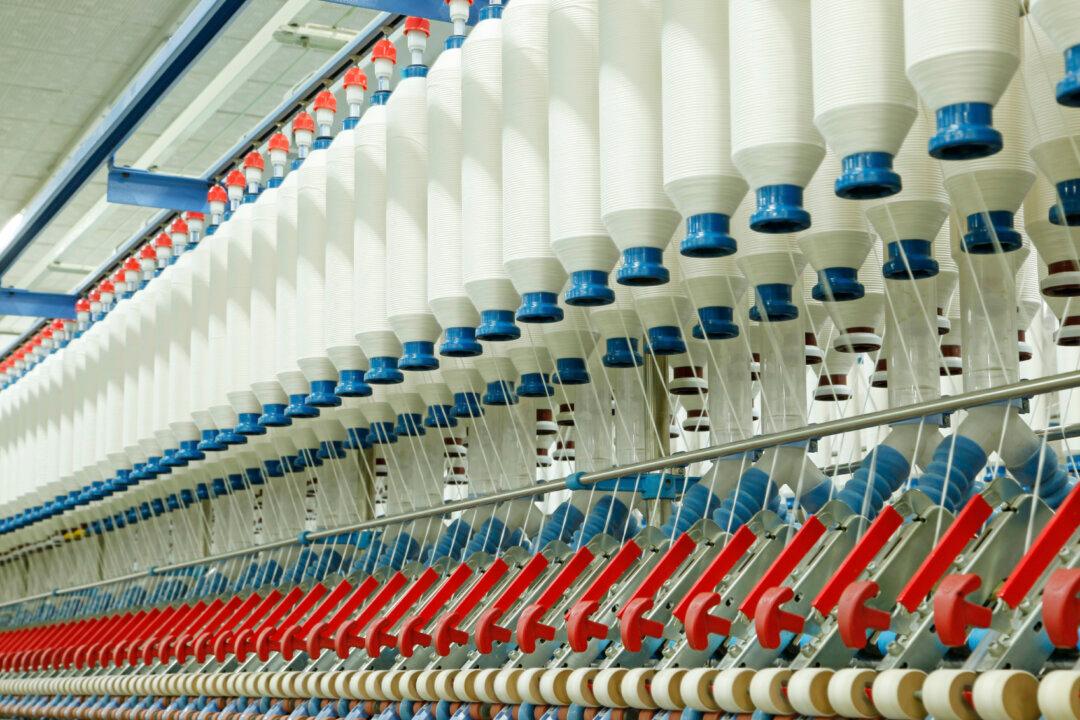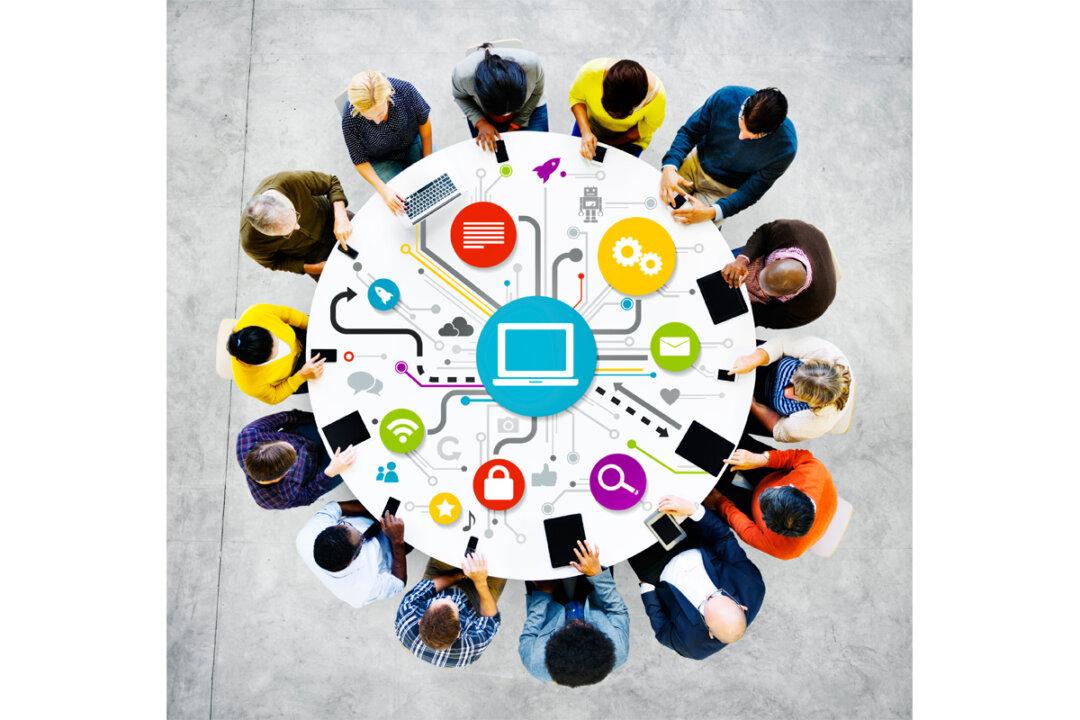Just a few decades ago, employers sought typists, operators, and mimeograph repair technicians. Companies nowadays want webmasters, LAN operators, and programmers. New developments for these industries (artificial intelligence, virtual reality, and robotics) are not just disrupting, but replacing traditional business models.
They are causing some havoc, since some folks believe workforce automation will replace people. A recently published survey by the Pew Research Center found 65 percent of Americans expect that in the next five decades robots and computers will definitely or probably take over the work currently carried out by people.
The global robotics technology market is estimated to grow to $82.7 billion by 2020.





